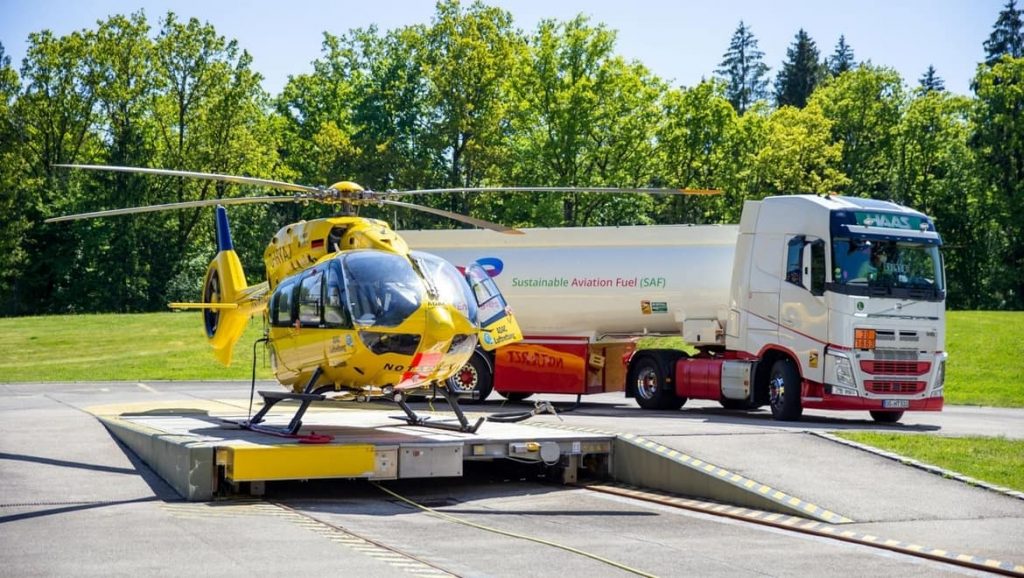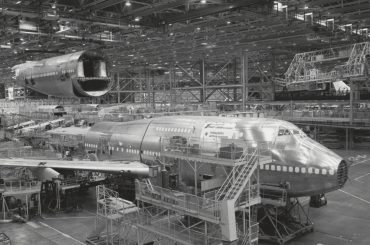
A rescue helicopter took off running solely on sustainable aviation fuel for the first time in Munich on Monday.
Operated by the German non-profit organisation ADAC Luftrettung, the Airbus H145, a twin-engine light utility helicopter, refuelled with biofuel at the air rescue station at Munich’s Harlaching Clinic. This mission was in collaboration with Safran Helicopter Engines, energy company TotalEngergies, and the ADAC Foundation.
“The H145 was using a second-generation biofuel – the SAF of choice of the aviation industry – which reduces CO2 emissions up to 90 per cent compared to its fossil equivalent,” the joint press release said. “It is produced from residual and waste materials from the circular economy, such as used cooking oils and fats. As a result, the fuel has no impact on agricultural food production.”
By using this type of SAF, the fleet allegedly reduces CO2 emissions by 33 per cent. This means that with over 50,0000 rescue missions and more than 3.3 million kilometres per year, a total reduction of 6,000 tonnes of C02 could be achieved, according to the statement.
Frederic Bruder, the managing director of ADAC Luftrettung, believes this is a substantial step in expanding sustainable aviation.
“We want to be a pioneer in reducing CO2 in emergency medical services with environmentally friendly kerosene. This means we must also develop air rescue technologically so that the use of SAF is future-proof in the longer term,” said Bruder. “Importantly, SAF is an officially approved fuel, which means that flight and patient safety remain at the highest level.”
The operational aspect of SAF is extremely seamless, and does not interrupt existing infrastructure, according to Christian Cabrol, the managing director of TOTAL Deutschland.
“Our sustainable aviation fuel can be used without any modification to the logistical infrastructure for storage and distribution and thus also directly in aircrafts and helicopters,” he said.
Other planemakers and airlines have been incorporating similar SAF in their manufacturing due to the increased calls for more sustainable operations within the aviation sector.
London Heathrow Airport this month announced it has begun to use SAF in its operations ahead of the 47th G7 Summit.
Currently, Heathrow is blending SAF with common jet fuel, however, this remains a milestone step in sustainable aviation in the UK. Heathrow has also called for the UK government to set mandates that require a minimum of 10 per cent SAF in aircrafts by 2030, and 50 per cent by 2050, according to International Airport Review.
The Biden administration, in the US, also announced last month that tax credits up to US$1.75 per gallon will be granted to SAF that achieve a minimum of 50 per cent reduction in emissions.
This is a move incentivising airlines and manufacturers to assist in decarbonising the aviation industry, according to budget documents obtained by FlightGlobal.











